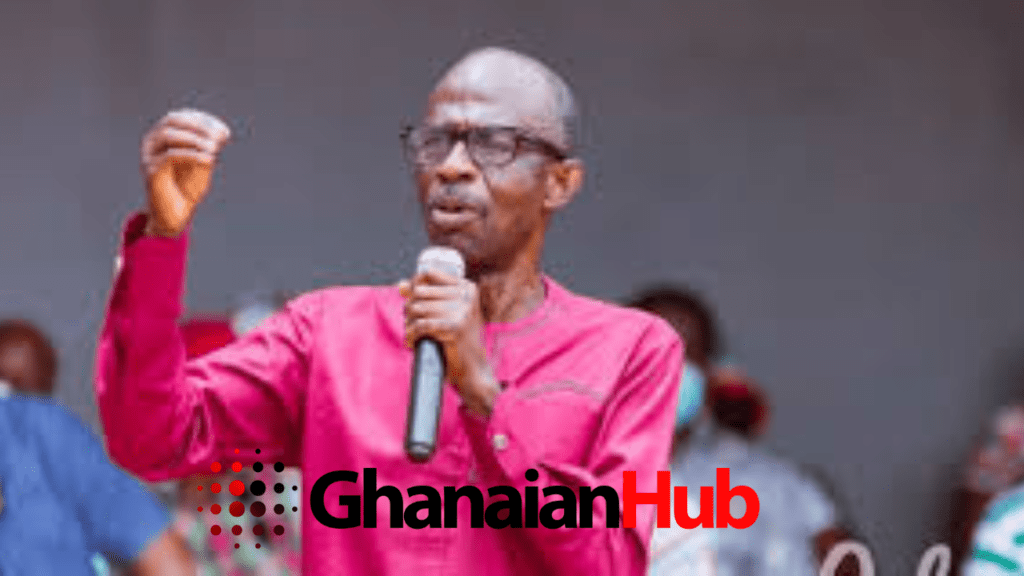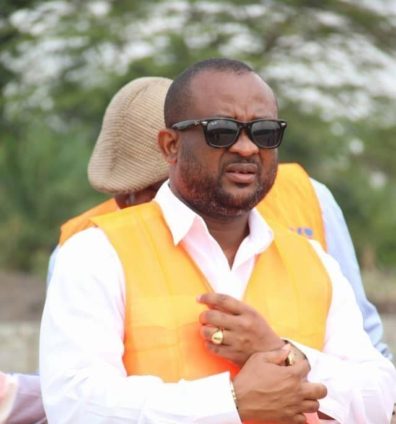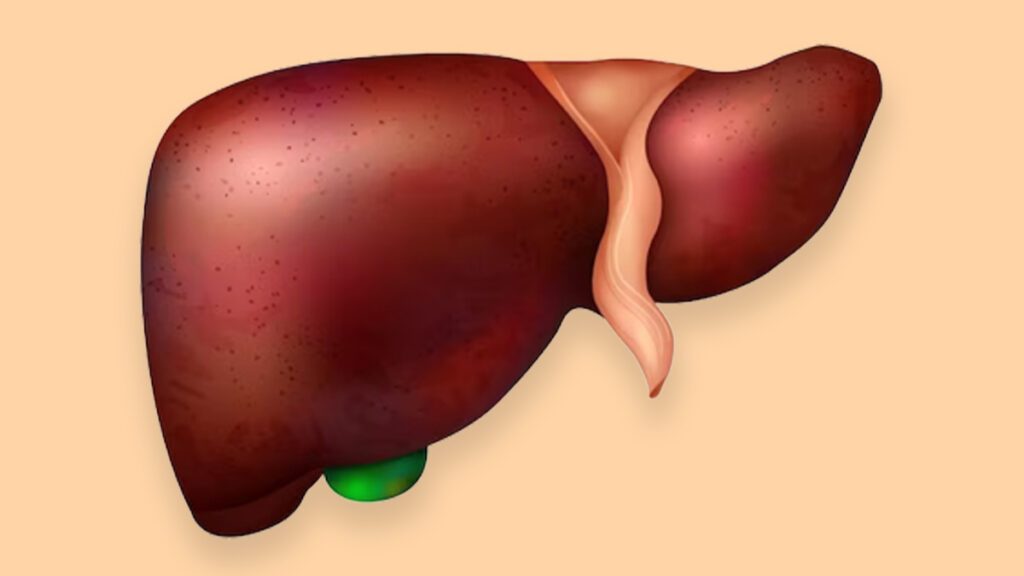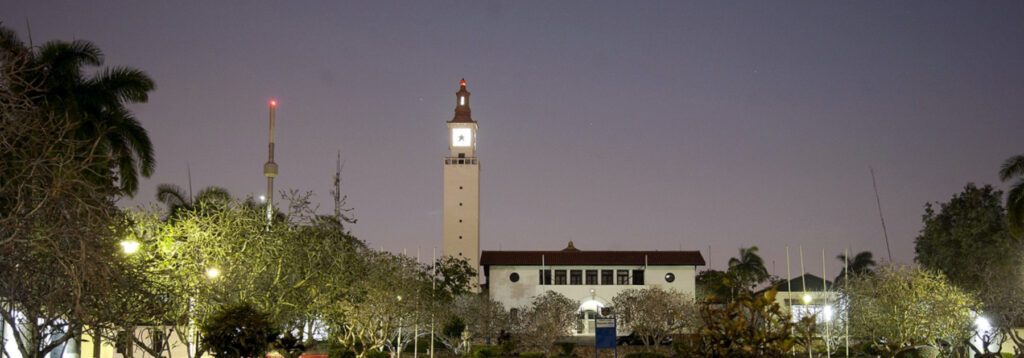Thousands Rally in Accra to End Illegal Mining and Demand Protester Release

Thousands Rally in Accra to End Illegal Mining and Demand Protester Release
Illegal Mining: In a powerful show of unity and determination, thousands of Ghanaians took to the streets of Accra on October 5, 2024, to demand an end to illegal mining, locally known as galamsey. The protesters, primarily youth, sought not only to halt the environmental destruction caused by the practice but also to secure the release of 53 fellow protesters who had been arrested during an earlier demonstration two weeks prior.
The Fight Against Galamsey: A National Concern
Illegal mining, or galamsey, has been a pressing issue in Ghana for decades. The term refers to small-scale, unauthorized mining operations that often lead to severe environmental degradation, particularly the contamination of rivers and farmlands. Over time, galamsey has evolved into a socio-environmental crisis, with serious implications for public health, livelihoods, and natural resources. Communities across the country, especially in mining regions, have witnessed their rivers turn brown with pollution, forests depleted, and farmlands rendered infertile.
In response to this, the youth of Ghana, joined by environmental activists and concerned citizens, have taken it upon themselves to demand action from the government. This three-day protest, of which the October 5 march marked the final day, was the culmination of a long-standing frustration with the perceived inaction of authorities. The call was clear: immediate government intervention to stop galamsey and to hold those responsible accountable.

The Protest: A Unified Call for Justice
The protest began at Okponglo in Legon, a significant spot in Accra known for its proximity to key institutions, including the University of Ghana. With police leading the march to ensure order, demonstrators dressed in symbolic red and black attire—a color choice reflecting both the anger and mourning for the nation’s environment—moved through key streets in the capital city.
Chants of patriotic songs echoed through the streets as the demonstrators marched. These songs not only amplified their demand for change but also rallied support from passersby and observers who lined the streets, some of whom joined the procession. Among the sea of protesters were individuals carrying placards with inscriptions such as “We need clean water,” “Stop galamsey now,” and “Akufo-Addo, let my people go.” These slogans were not just statements of protest but cries for survival, as many regions in Ghana now face water scarcity and contamination due to galamsey activities.
One participant, who chose to remain anonymous, stated, “This is not just about today; it’s about the future of our country. Our rivers are dying, our forests are disappearing, and the government seems to be doing little to stop this. We are here to remind them that they cannot ignore us.”
A 12-Kilometer March for Change
The protest was not without its challenges. Despite a downpour of rain that began shortly after the march commenced, the demonstrators remained undeterred. The rain, however, did little to dampen their spirits. In fact, it served as a symbolic moment, as many protesters remarked that the rain was a reminder of nature’s resilience and the need to protect it.
After a grueling 12-kilometer walk, the protestors reached their final destination near the Accra Sports Stadium. What began as a protest march soon transitioned into a more somber event—a vigil. The vigil served not only as a reflection of the day’s events but also as a tribute to the 53 individuals who had been arrested in connection with the protests two weeks earlier.
Many in the crowd held candles and chanted quietly, their once-boisterous voices now softened by the weight of the occasion. The vigil was a powerful reminder of the price some had paid for standing up against galamsey, as the arrested protesters were still in detention without clear communication from authorities about their release.
A Documentary to Expose the Devastation
As the vigil progressed, it evolved into an educational session with the screening of a documentary produced by JoyNews’ Erastus Asare Donkor. The documentary, which had previously aired on national television, detailed the devastating effects of galamsey on local communities. Using real-life examples and interviews, the film showcased how rivers once teeming with life had become toxic due to the heavy metals used in mining. It also highlighted the plight of babies and children in affected areas, who are now exposed to dangerous levels of pollution in their drinking water.
“This is the reality we are fighting against,” one protester said after watching the documentary. “It’s not just about us today; it’s about the next generation. Babies are being born into this world with poisoned water and no future if we don’t act now.”

The screening served as both a sobering reminder of the stakes involved and a rallying cry for those present. Many left the vigil more resolute in their commitment to fight against galamsey, realizing that the struggle extended beyond just stopping illegal miners but also ensuring the survival of future generations.
Petitioning the Authorities
The October 5 march was just the final act of a broader three-day movement. On the first two days of the protest, petitions were presented to both the Attorney General’s Department and the Ministry of Lands. The petitions urged the government to take immediate steps to not only enforce existing environmental protection laws but also to expedite the prosecution of those involved in illegal mining activities. In particular, the protesters emphasized the need for transparency in the handling of cases related to illegal mining, as many feel that some of the individuals behind these operations have been protected by political or corporate interests.
The Ministry of Lands has been a focal point of frustration for activists, as it is responsible for regulating mining activities in the country. While the government has launched initiatives in the past to curb galamsey (illegal mining), many citizens believe that these measures have been largely ineffective due to corruption, weak enforcement, and a lack of political will.
Unwavering Commitment Despite Adversity
As the evening drew to a close, the rain continued to pour, but the spirits of the protesters remained high. Their voices, unwavering in their call for an end to illegal mining, echoed through the night as they vowed to continue their fight until tangible results were seen. For many, the protest wasn’t just a one-time event but part of an ongoing movement to protect Ghana’s environment and ensure accountability from the government.
One protester, soaked to the bone, summed up the mood: “We’re not going anywhere. If we need to march again tomorrow, we will. This is our country, and we won’t stand by while it’s destroyed.”
As the #FreeTheCitizens movement continues to gain momentum, one thing is clear: the people of Ghana are ready to fight for their land, their water, and their future. The question now is whether the government will listen and act before it’s too late.


 English
English 





























































































































































































